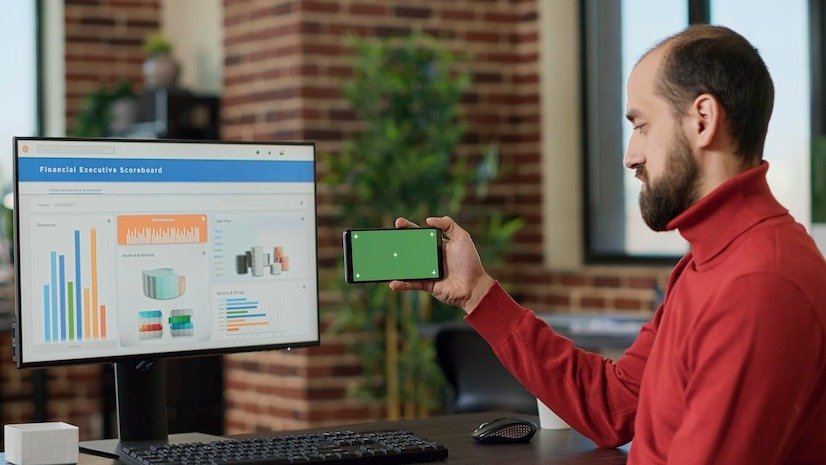Car window tinting is not just a matter of aesthetics; it serves multiple purposes, including protection from UV rays, heat reduction, and increased privacy. In this comprehensive guide, we’ll explore the various aspects of car window tinting, from its benefits and types to the legal considerations and maintenance tips.
What Is Car Window Tinting?
Car window tinting involves applying a thin film to the windows of a vehicle to reduce light transmission. This film can be made from various materials, including dyed polyester, metalized layers, and ceramic composites. Depending on the type and thickness of the film, it can significantly affect the amount of light that enters the car, providing both functional and aesthetic benefits.
Benefits of Car Window Tinting
UV Protection
One of the primary benefits of car window tinting is its ability to block harmful ultraviolet (UV) rays. According to the Skin Cancer Foundation, exposure to UV radiation can lead to skin cancer and other skin issues. Window tint can block up to 99% of UV rays, helping to protect both passengers and the interior of the vehicle.
Heat Reduction
Tinted windows can significantly reduce the amount of heat that enters your car. This is especially beneficial in hot climates where temperatures can soar. By reflecting sunlight, window tint can keep the interior cooler, making it more comfortable for passengers and reducing the need for air conditioning, which can save fuel and improve overall vehicle efficiency.
Glare Reduction
Driving with direct sunlight can create glare, making it difficult to see the road. Car window tinting can reduce glare by blocking a significant amount of visible light, enhancing visibility and making driving safer. This is particularly important during sunrise and sunset when glare can be most intense.
Increased Privacy
Tinted windows provide added privacy for passengers and belongings. This can deter theft, as valuables are less visible from the outside. Additionally, tinted windows can create a more comfortable environment for passengers who prefer to keep their activities private.
Enhanced Aesthetics
Beyond functional benefits, window tinting can improve the overall look of your vehicle. Tinted windows can give your car a sleek, sophisticated appearance, enhancing its resale value. Many car owners choose tinting as a way to personalize their vehicles and make a statement.
Types of Car Window Tinting
When it comes to car window tinting, several types of films are available, each with its own advantages and disadvantages.
Dyed Window Film
Dyed window film is the most common and affordable type of tint. It is made by adding dye to the adhesive layer of the film. While it can reduce glare and provide some heat rejection, it does not offer as much UV protection or longevity as other options. Dyed films may also fade over time.
Metalized Window Film
Metalized window films contain small metal particles that reflect heat and UV rays. These films provide better durability and heat rejection than dyed films, making them a popular choice. However, the metallic particles can interfere with GPS and radio signals.
Ceramic Window Film
Ceramic window films are the most advanced type of tint available. They contain ceramic particles that offer superior UV protection and heat rejection without affecting signal quality. These films are highly durable and do not fade over time. Although they come at a higher cost, their long-term benefits often justify the investment.
Hybrid Window Film
Hybrid window films combine elements of dyed and metalized films. They offer improved heat rejection and UV protection compared to dyed films but are typically less effective than ceramic films. Hybrid films are a balanced choice for those looking for quality without breaking the bank.
Legal Considerations for Car Window Tinting
Before applying window tint, it’s essential to be aware of the legal regulations in your area. Laws regarding window tinting vary by state and country, with specific restrictions on the level of tint allowed on different windows. Here are some general guidelines to keep in mind:
VLT Percentage: The Visible Light Transmission (VLT) percentage indicates how much light can pass through the window. Most states have laws specifying the minimum VLT percentage for front and rear windows.
Front Windshield: In many places, the front windshield must allow a certain percentage of light to pass through, often requiring clear or very light tint.
Side and Rear Windows: Side and rear window regulations are typically more lenient, allowing for darker tints.
Medical Exemptions: Some states allow exceptions for individuals with medical conditions requiring darker tint for protection from sunlight.
Before proceeding with car window tinting, consult your local regulations to ensure compliance. Failing to adhere to tinting laws can result in fines and the requirement to remove the tint.
Professional Installation vs. DIY
While some car enthusiasts might consider installing window tint themselves, professional installation is often recommended for several reasons:
Quality of Installation
Professional installers have the experience and tools necessary to ensure a perfect application. Improper installation can lead to bubbles, peeling, or misaligned film, detracting from the appearance and effectiveness of the tint.
Warranty
Many professional tinting services offer warranties on their work. This means that if any issues arise after installation, you’ll have recourse to have the tint repaired or replaced.
Compliance with Regulations
Professionals are typically familiar with local tinting laws and can ensure that your vehicle complies with regulations, saving you potential legal troubles down the line.
Maintenance of Tinted Windows
To prolong the life of your tinted windows and maintain their appearance, follow these maintenance tips:
Wait Before Cleaning
After installation, allow the tint to cure for at least 48 hours before cleaning the windows. This will ensure that the film adheres properly.
Use the Right Cleaning Products
When cleaning tinted windows, avoid abrasive cleaners and tools. Instead, use a soft cloth and a mild soap solution or a specially formulated window cleaner designed for tinted windows.
Avoid Excessive Heat
Excessive heat can cause window tint to bubble or peel. Avoid leaving your car in direct sunlight for extended periods, especially during the initial curing process.
Regular Inspections
Check your tinted windows regularly for signs of wear, such as peeling or discoloration. Early detection can prevent more extensive damage and costly repairs.
Conclusion
Car window tinting is an investment that offers numerous benefits, including UV protection, heat reduction, glare reduction, increased privacy, and enhanced aesthetics. By understanding the different types of window films available, the legal considerations, and the importance of professional installation, you can make informed decisions that will improve your driving experience. Additionally, proper maintenance will ensure that your investment lasts for years to come. Whether you’re looking to enhance comfort, protect your health, or simply upgrade your vehicle’s appearance, car window tinting is a worthwhile consideration.














